Child and family homelessness impacts every Calgarian
In the discourse on homelessness, child and family homelessness is largely under-discussed and under-researched. Yet, along with youth and Indigenous peoples, children and families continue to be a growing segment of the numbers reported across Canada as at risk of or experiencing homelessness.
Child and family homelessness is distinctly different than adult single homelessness. Whereas all individuals and families experiencing homelessness require housing, the impact of a housing crisis on a child’s emotional, mental and physical development can have a profound, life-long impact. As such, within child and family homelessness, greater emphasis must be placed on mitigating against the long-term trauma and effects of homelessness to ensure it does not become an issue in adulthood.
A housing crisis breaks the developmental pathway for early childhood development. Having barrier-free emergency shelter to bridge housing crises that provides developmental supports, a stable and caring environment is vital. Emergency shelter programming must also include a strong a focus on rapid re-housing into culturally appropriate, safe affordable housing as quickly as possible. Supports need to be adaptive to the unique needs of each family to be both developmentally and financially effectively. These supports need to include access to income, job-training, child-care and an integrated community environment where children feel safe, welcome and included.
The need for affordable rental housing is one of the most profound and pressing needs in our city; not just to grow the middle class, but also to ensure our most vulnerable citizens do not become mired in the indignity and trauma of homelessness.
According to a research publication from the University of Calgary’s School of Public Policy, households and individuals with particularly low incomes are at the highest risk of experiencing the worst effects of a lack of housing affordability, including homelessness.[1] The report also states that Calgary has the lowest supply of rental housing in Canada with a lone parent paying 66% of income on one of the 20% least expensive one-bedroom rentals in the city. When that is combined with the fact that since 1990, Calgary’s population increased 96% while rental units decreased 24% [2] lack of affordability and income continue to impact our capacity to end the pressing social issue of child and family homelessness.
Important questions to ask every candidate this municipal election
What can be done to create positive and lasting change? On October 16th, every adult in Calgary has the opportunity to add their voice to the issue by electing to Council individuals who are committed to making a difference for vulnerable children and families in our city and to ensuring Calgary’s supply of affordable rental housing increases to meet the needs of all Calgarians.
When candidates come to your door, or you attend a forum, or meet them on the street outlined below are questions you can ask to get a better understanding of where they stand on ending child and family homelessness in Calgary.
- What do they see as the City’s role for ensuring all Calgarians have access to appropriate, affordable and safe housing?
- Currently, approximately 15,600 Calgarian households are in extreme core housing need. Two hundred families are homeless[1]. The City of Calgary can donate land for affordable housing and introduce more attractive density bonusing or other incentives for the private sector as well as improve the secondary suites policy[2].
- Are they committed to ensuring housing for homeless individuals, as well as children and families, is integrated into communities throughout our city?
- It is only through developing integrated housing and supports in community settings that we are able to break down barriers and stigma and create communities that care.
- Where do they stand on the issue of development permit processes that put undue burden on those agencies working to end homelessness through building purpose-built housing for formerly homeless children and families, as well as adults?
- The City can exempt development/construction permit fees on new affordable housing projects and lobby for shorter processes for not-for-profits seeking development permits and fast track permits through the development and appeals process.
- Are they willing to be a strong voice for positive and lasting change for our most vulnerable citizens?
- Every councilor can advocate within their communities for non-market housing. They can support vulnerable citizens through encouraging inclusivity of all people in community, at events and cultural activities that celebrate diversity and inclusion.
[1] 2014 Calgary Point-in-Time Count of Homelessness: Final Report; pg 11
[2] Calgary’s Plan to End Homelessness: People First in Housing First; pg 62
[1] https://www.policyschool.ca/wp-content/uploads/2017/06/Social-Trends-Affordability-June-Final.pdf
[2] https://www.policyschool.ca/wp-content/uploads/2017/05/Social-Trends-Rents-May-Issue-Final.pdf
[3] 2014 Calgary Point-in-Time Count of Homelessness: Final Report; pg 11
[4] Calgary’s Plan to End Homelessness: People First in Housing First; pg 62












